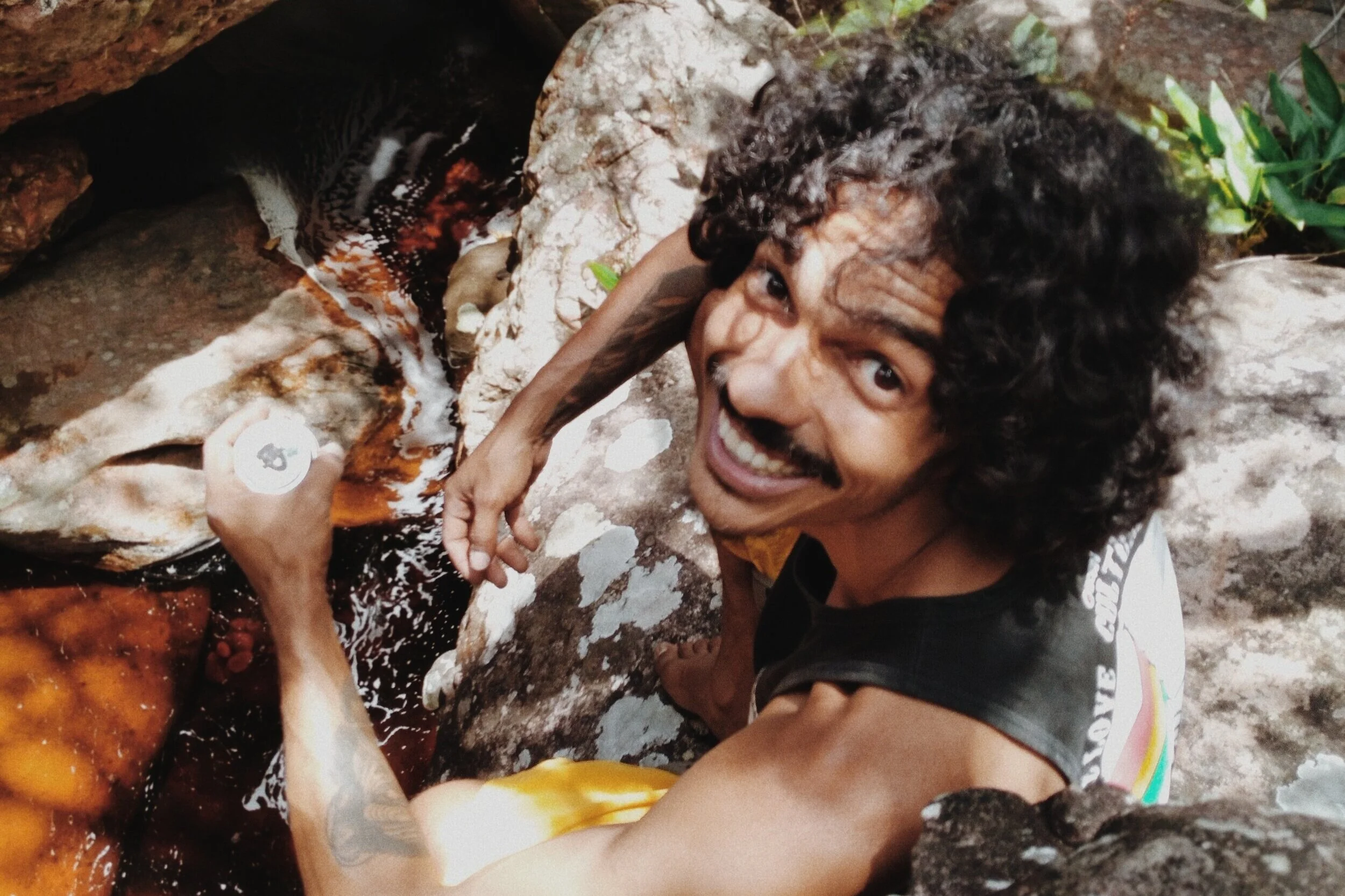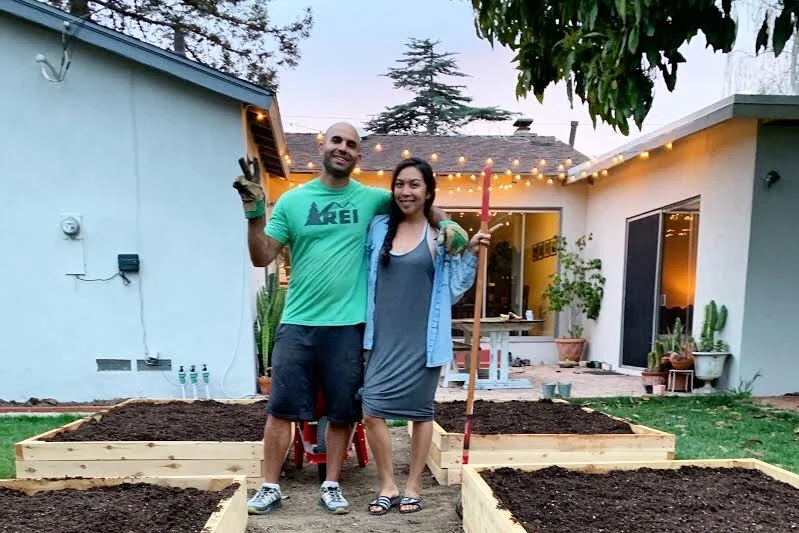Gym to Crag, Getting Started Outside
You’ve started climbing in the gym regularly and are hooked; but you also see photos of people climbing outside and want to give that a try. Leaving the comfort of padded floors and color coded routes can be daunting, and the rock is not nicely labeled with their grades.
So how do climbers know which rocks to climb on?
Back in the old days, it was by word of mouth and joining a local rock club. While this is still a great way to do it, it can be difficult for many new climbers and is not always the most inviting. Social anxiety aside, it’s 2019 and there are loads of resources at your fingertips.
Mountain Project
The first place I look when I want to find out more information about a crag or a specific climb is Mountain Project (MP).
MP is my go-to for information about a climbing area and specific routes/problems. It’s pretty comprehensive for climbing in North America, especially for the more popular crags. There are also forums for everything from gear sales to finding a partner. A lot of this information is crowdsourced so you will need to do your due diligence to cross-reference information and check multiple sources, but the breadth of information available makes MP a great starting point.
Disclaimer: MP is an open internet forum just like any other social media platform. The MP comments sections are not immune to your usual internet trolls, chauvinism and idiocy. I find it better to not engage, but you are free to do what you wish.
Finding a Climb
On MP, you can search by state, climbing area, or specific climb. On a climbing area’s page, MP will have all kinds of information like how to get there, approach beta, access issues, types and amount of climbing available and a general description. Then you can use the Route Finder, look at the list of classic climbs, or just explore the different crags within that area to find routes that interest you and are at your skill level.
When trip planning, I search for a few specific things like the following:
What type of climbs are available (bouldering, sport, trad) and how many?
What grades are the climbs in the area? Are there enough climbs at my skill level?
Is it good for cold days or sunny days? MP will tell you if the crag is best climbed during the winter or summer, or if it stays dry after it rains.
Are there are any new access issues? Some crags are closed during certain parts of the year, so be mindful of those changes.
Next, I read the comments to determine the style of the climb and if it appeals to me. The comments are also a place to find mind numbing arguments on how sandbagged a climb is or ego-inflated commenters bragging about how easy the climb was for them and how weak everyone else is.
In certain cases, MP has all the information you need to find some good climbing, as well as many other climbing related topics. It is the internet resource that is widely used by the climbing community to discuss current events, changes to access at crags, and to document climbs around the world. As mentioned, it is an open-source resource that anyone can contribute to, so it is up to you to evaluate the accuracy of the information. With the MP app you can download the climbing areas ahead of time and have this information available when you are out.
Guidebooks
An area guidebook is the other main resource of information on a crag or a specific climb. Guidebooks typically contain a list of all the climbs in a specific area organized by location along with descriptions, maps and images. These are available for purchase online or at most climbing gyms/REI. Some guidebooks cover the entire crag, while others are bouldering or rope climbing specific. It would be very expensive to have buy every guidebook, so sharing with friends is a great option. Some gyms also have books to loan to members. I typically buy a guidebook if I know I will be climbing there often and I don't have easy access to a book.
Writing a guidebook is more of an art than a science, and I would recommend taking the time to familiarize yourself with a new guidebook. Every guidebook has a slightly different layout and organizational system. In general, they contain a table of contents, history of the crag, maps of different areas, all the climbs organized by location and an index. I usually leaf through the book to see which crags have the most interesting climbs or I head straight to the index to find climbs at my skill level. I’ve seen all kinds of layouts and descriptions in guidebooks; the best way to learn how to use one is to get your hands on it.
Pros and Cons
In conclusion, I believe that using a guidebook in conjunction with Mountain Project is the best way to search for climbs and familiarize yourself with a new crag. I’ve spent more time than I care to admit browsing Mountain Project looking to see what people say about climbs that I have already completed and searching for my next project. My recommendation is to take some time to look around and learn how to use the site, then borrow a guidebook just so see what kind of information is available in them. If you are convinced that you will be climbing at a crag a lot then maybe consider buying the guidebook. Plus, they look awesome on your bookshelf.
Happy climbing!
Damon Yeh is an Asian American climber and conservation biologist. He is also the founder of the @asianboulderingcrew on Instagram.















As knowledge of the outdoors tends to be handed down generationally, this broken chain has denied today’s black youth the tools they need to be able to tackle the outdoors with any degree of confidence […] we have effectively become an urbanised people.